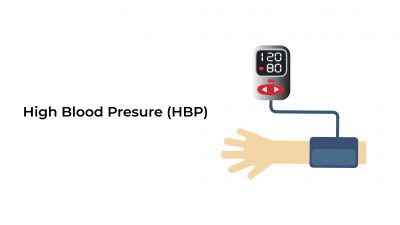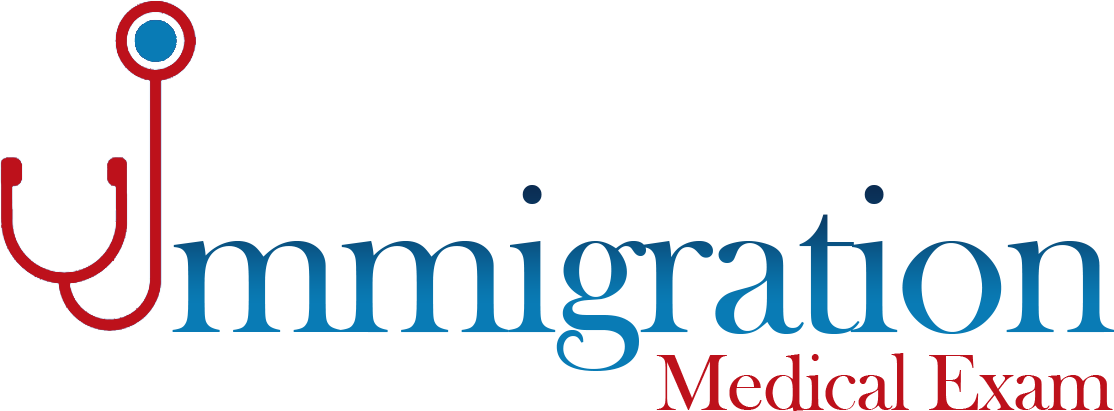
Blood pressure is a vital force of pushing and moving blood through the circulatory system that is measured in mercury millimeters (mm Hg). It must be maintained at a normal level (120/80 mm Hg) for a normal and healthy life. If the BP in your arteries elevates than the normal level, the condition is named as HBP or hypertension.
Blood pressure is expressed into two figures, such as 117/79 mm Hg. Here, these two figures represent the systolic and diastolic pressure;
- Systolic Pressure: The top or larger number (117) represents the pressure of blood during the heartbeat.
- Diastolic Pressure: The bottom or smaller number (79) represents the pressure of blood during heart rest between beats.
Normal BP falls below 120/80 mm Hg. If a normal adult person has systolic pressure between 120 to 129, and diastolic pressure is less than 80, then he/she is suffering from elevated BP. While, if systolic pressure increases from 130, or a diastolic pressure increases from 80, then it causes HBP, also known as hypertension. Hypertension can be segregated into three stages; Stage 1, Stage 2, and Hypertensive crisis that needs immediate medical attention. The summarized form of BP categories and their ranges are mentioned below;
Blood Pressure Chart |
|||
| Blood Pressure Category | Systolic mm Hg (upper number) | and/or | Diastolic mm Hg (lower number) |
| Normal | < 120 | and | < 80 |
| Elevated (at risk, or prehypertension) | 120-129 | and | < 80 |
| High blood pressure (hypertension Stage 1) | 130-139 | or | 80-89 |
| High blood pressure (hypertension Stage 2) | = or >140 | or | = or >90 |
| Hypertensive Crisis (emergency situation) | >180 | and/or | >120 |
Various factors cause HBP that can reach a life-threatening stage. However, the most dangerous fact about HBP is that it usually has no signs or symptoms even the BP reading reaches a hazardous level.
Few BP patients may experience severe headaches, shortness of breath, or nosebleed. HBP can increase the potential risk of heart attack and stroke. While precautionary measures and early treatment can manage HBP. You must check your blood pleasure regularly and follow the doctor’s treatment plan seriously.
Potential Risk of High Blood Pressure
Following are the risk factors that can increase the chances of HBP. You can control some of the factors with specific preventive measures, and some are uncontrollable.
|
Controllable Factors |
Uncontrollable Factors |
|
|
Diagnosis of HBP
HBP can only be diagnosed by regular checkups. Your health care professional may take two or more readings on your visits to properly diagnose the HBP.
Ways to manage High Blood Pressure (HBP)
- Avoid smoking.
- Maintain a healthy weight according to age and body height.
- Take a nutritious diet that must contain fruits, vegetables, whole grains, and low-fat dairy products. Avoid high saturated and trans fats. Don’t consume more than 1,500 mg/day of sodium (salt).
- Use potassium-rich foods, preferably, take 3,500 – 5,000 mg/day of dietary potassium.
- Avoid excess of alcohol usage (not more than one drink per day for women and two drinks per day for men).
- Remain physically active; you are recommended to perform 30 minutes of physical activity daily.
- Strictly follow the medication prescribed by your health care professional.
- Keep aware of the normal BP level and try to maintain its normal range.

